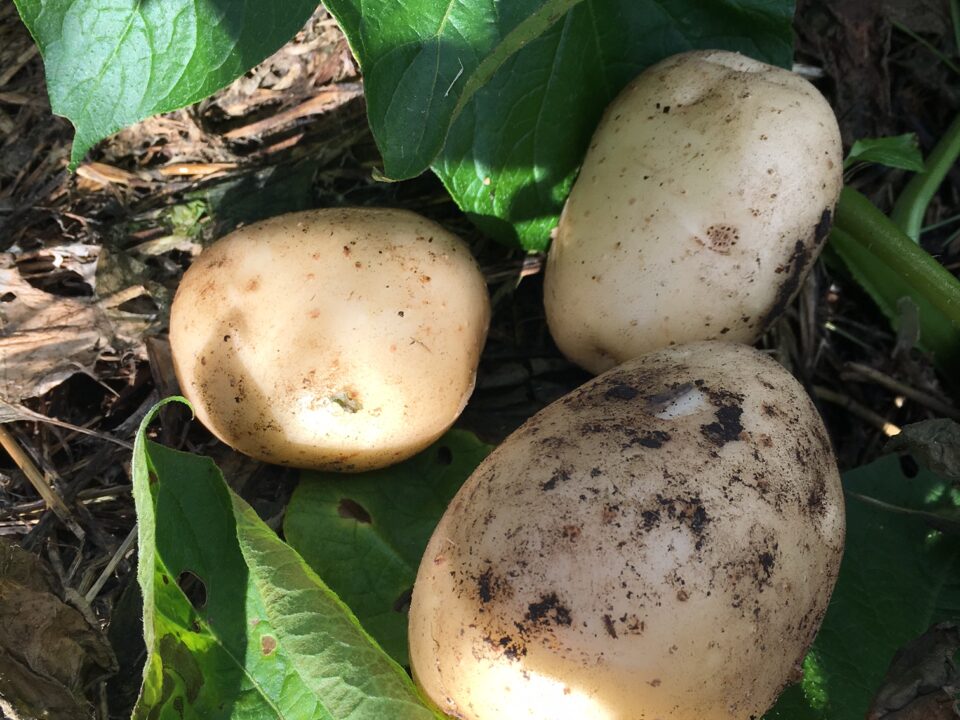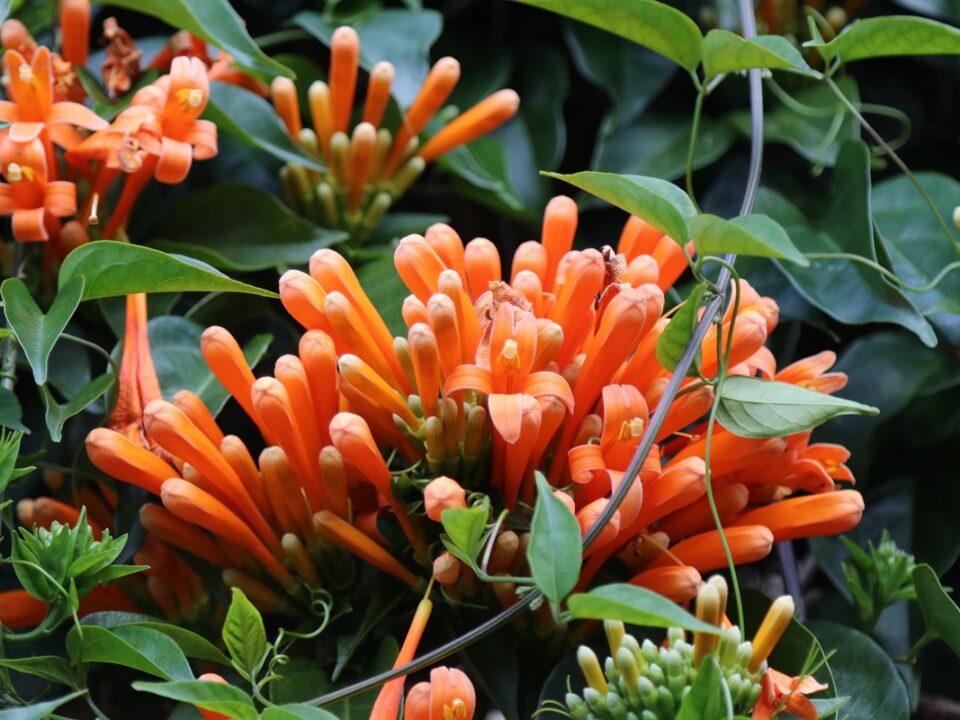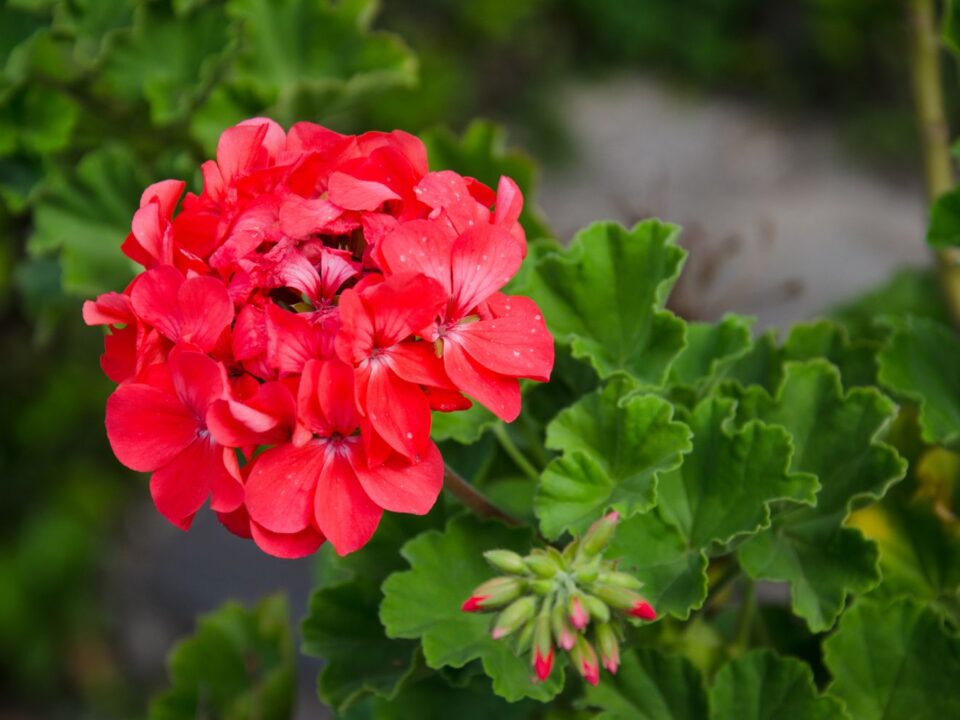Botanical word of the week – Dentate
July 16, 2015New life for old gardening tools
July 18, 2015There was snow in QLD for the first time in a long time this week, and this image was sent in to Jerry Coleby-Williams with a plea for help when the snow melted. The following is an extract of Jerrys advice, courtesy of his Facebook page.
(Photo and question, courtesy of Leonie Dufton)
 Leonie asks: “OK Jerry, any tips on what to do with my garden when this snow melts? (In Ballandean this morning)”
Leonie asks: “OK Jerry, any tips on what to do with my garden when this snow melts? (In Ballandean this morning)”
Jerry replies: “Dear Leonie,
Wintry blasts like this were a feature of gardening in London. Knowing there would be at least two every winter helped me to prepare.
You are dealing with a one in thirty year event, which is different.
Place a few tennis balls in pools and water features. They act as shock absorbers so as ice forms and swells, instead of fracturing rigid structures (like ceramic bowls or concrete), they remove the pressure.
Drain hosepipes and irrigation systems. If they freeze solid, the walls can be ruptured as water swells into ice.
Flowers can be protected from frost damage by misting them with water at sunset. The ice protects the flowers from the worst frost damage. I grew up seeing this trick applied by my great aunt and uncle Plumbridge in London. They had a stonefruit orchard, and spring blossom often needed protection from late frosts.
I moved potted plants away from windowsills. If they are shut between a curtain and a window when the temperature plummets, delicate plants (like ferns and foliage plants) can get frost-burned. We had many days when the condensation forming inside windows froze solid during the winter of 1979 (pictured).
If leaves of trees, shrubs, cycads, palms or bamboo die back, I tend to leave the dead foliage on until spring. Even dead leaves afford some frost protection and a little shelter from biting, desiccating winds.
If succulents, like cacti or frangipani, are burned by freezing cold, you should cut them back as soon as the stem tissue starts turning brown as they rot. Juicy tissue allows rot to spread quite fast, so cut back to green, healthy tissue. Dabbing powdered sulphur on wounds retards fungal attack.
In the 1960’s, my family home was entirely heated by coal, so we kept plants well away from fireplaces. We also had plenty of hot cinders, useful for sprinkling over steps, paths and the sloping driveway. Cinders add grip to frozen surfaces.
Salt was used as a last resort to remove persistent ice from steps. We knew that salty water runoff is toxic to plants. Local councils often stockpiled ‘rock salt’ beside street trees. In a sudden thaw this killed their roots systems.
Frost protection for delicate evergreens, like Japanese Holly fern and Polypodium ferns, I placed individual panes of glass, resting them on bricks. I packed straw around their bases.
PS Remember to keep livestock warm. We put a room heater on in the guinea pigs’ shed and I lined my greenhouse with bubble-wrap as frost-protection.”



